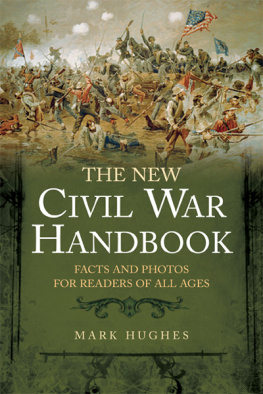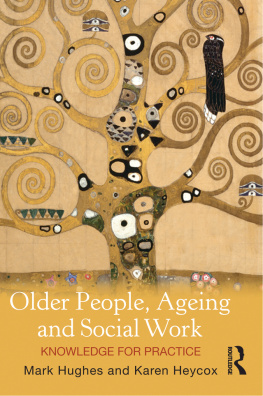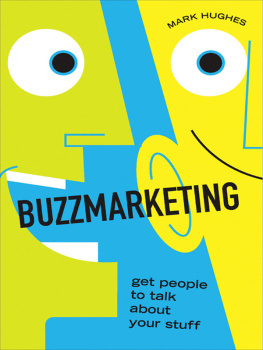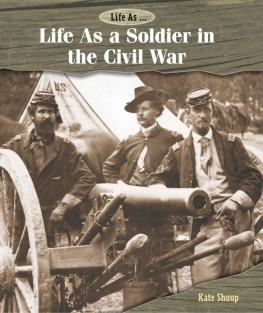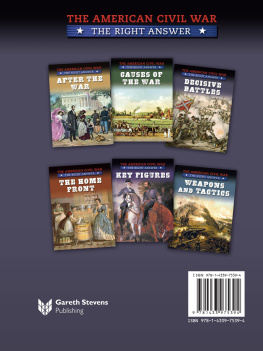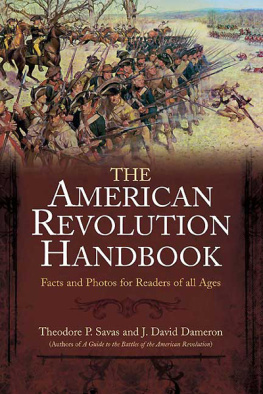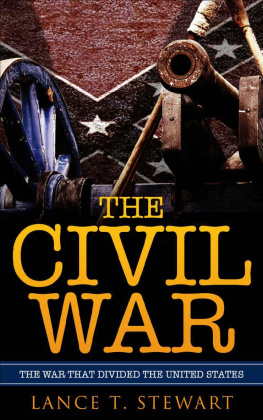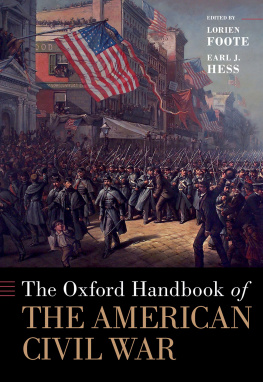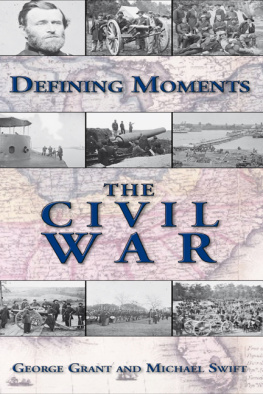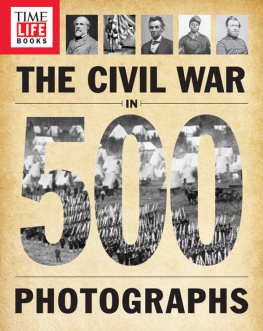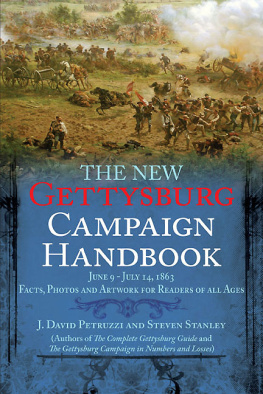

2009 by Mark Hughes
All rights reserved. No part of this publication may be reproduced, stored in a retrieval system, or transmitted, in any form or by any means, electronic, mechanical, photocopying, recording, or otherwise, without the prior written permission of the publisher. Printed in the United States of America.
Cataloging-in-Publication Data is available from the Library of Congress.
ISBN 978-1-932714-62-3
eISBN 9781611210439
05 04 03 02 01 5 4 3 2 1
First edition, first printing

Published by
Savas Beatie LLC
521 Fifth Avenue, Suite 3400
New York, NY 10175
Phone: 610-853-9131
Editorial Offices:
Savas Beatie LLC
P.O. Box 4527
El Dorado Hills, CA 95762
Phone: 916-941-6896
(E-mail) editorial@savasbeatie.com
Savas Beatie titles are available at special discounts for bulk purchases in the United States by corporations, institutions, and other organizations. For more details, please contact Special Sales, P.O. Box 4527, El Dorado Hills, CA 95762, or you may e-mail us at sales@savasbeatie.com, or visit our website at www.savasbeatie.com for additional information.
To my wife, Patricia (Patty) McDaniel Hughes, and our daughter, Anna Grace Hughes, without whose support and encouragement I could not have written this book.
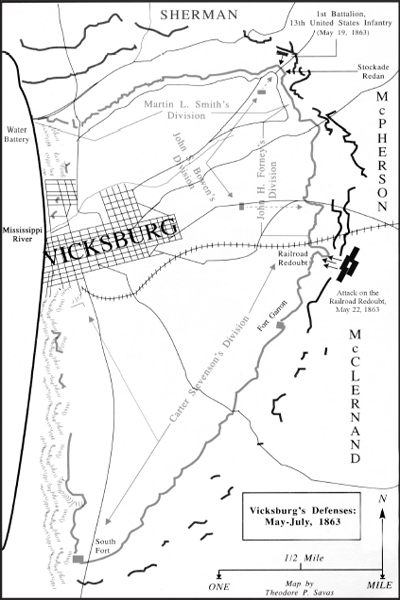
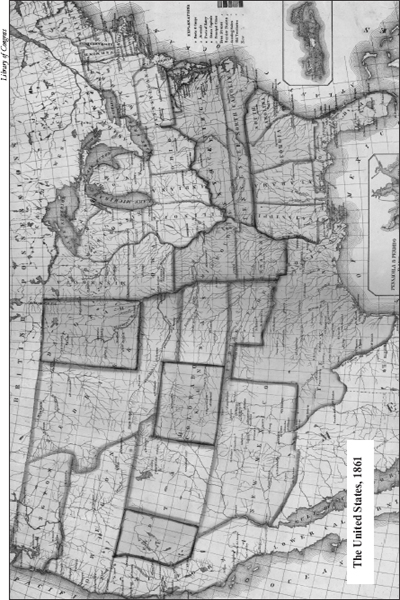
Foreword
The first book (really more of a pamphlet) I ever purchased was William Prices The Civil War Handbook . I was ten years old, on a visit to the Richmond battlefield with my family, when I spotted a copy in the parks gift shop. The tiny saddle-stitched volume immediately appealed to me. In a mere 60+ pages, the author successfully presented a variety of information anecdotes, images, and statistics about the war. It was an instant classic, published at the perfect time: 1961, the first year of the nations Civil War centennial celebrations.
Ive kept my copy of Prices work close at hand over the years. When I started writing books about Civil War cemeteries in the early 1990s, I regularly consulted The Civil War Handbook as a quick and easy reference. Although it remains a valuable source, Prices work is woefully outdated. In the nearly 50 years since it was first published, our understanding of the war has changed and expanded. New scholarship has challenged long-held beliefs and previously accepted data, and revealed new avenues of research (the wartime experiences of women and African Americans, for example, are no longer relegated to the historical dustbin). Modern photographic technology has allowed for the restoration and publication of a greater number of Civil War images. And the Internet has opened up countless new opportunities for us to learn about the past, allowing researchers access to vast amounts of digitized archival and genealogical materials.
A few years ago I decided to write my own Civil War handbook, updated and expanded for a 21st century audience. The result you now hold in your hands. The New Civil War Handbook contains a wide variety of information on Americas greatest conflict. I wanted my book to include material for all levels of Civil War enthusiast: hard data in easy-to-read charts for serious researchers, and lighter fare from images to anecdotes for younger or novice buffs. In short, I wanted to do in 2009 what William Price did so well in 1961: create an informative and entertaining Civil War resource for all to use. Only you will know whether I succeeded.
I benefitted from the assistance and encouragement of a number of people as I worked on The New Civil War Handbook . My colleagues at Cleveland Community College (Shelby, NC) were particularly helpful: Allen Mosteller, public services / reference librarian at the colleges Jim and Patsy Rose Library, located obscure books for me, while library staffers Victoria Linder and Constance Ackley-Staton saved me days of travel by obtaining material through inter-library loan. Barry Boyles, Al Dunkleman, Bruce Mack, Wayne Slocumb, and B.J. Zamora offered support and suggestions. Ron Wright, former vice president of academic programs, encouraged my research (I wish him success with his own writing project) and David Estridge, coordinator of the colleges industrial management program, provided his sketch of a minie ball for use in the book.
In my search for Civil War images, I received generous aid from Ms. Jodean Rousey Murdock, museum technician at the Rock Island Arsenal Museum; Mr. Eric N. Blevins, photographer at the North Carolina Museum of History; and Colonel Diane B. Jacob, head of Archives & Records Management at the Virginia Military Institute.
The folks at Savas Beatie made the publication process an enjoyable one. Managing director Ted Savas saw the potential in the project early on. My editor, Terry Johnston, offered many valuable suggestions and helped me develop the structure of this book. Also helpful was Sarah Keeney, Savas Beaties marketing director.
Special thanks go to Dr. David L. Norris, my mentor at Southeastern Oklahoma State University. Dr. Norris encouraged me to write my first book; this is my fifth. I never would have considered writing without his encouragement.
Finally, my wife, Patricia McDaniel Hughes, and my daughter, Anna Grace Hughes, were invaluable sources of support, generously accompanying me on my many research trips to archives, libraries, cemeteries, and battlefields.

The material presented in The New Civil War Handbook was obtained from a variety of sources, the most prominent being: the U.S. War Departments The War of the Rebellion: A Compilation of the Official Records ; the U.S. Surgeon General Offices Medical and Surgical History of the War of the Rebellion ; Frederick Dyers Compendium of the War of the Rebellion ; Frederick Phisterers Statistical Record of the Armies of the United States ; William Foxs Regimental Losses in the American Civil War, 1861-1865 ; and Thomas Livermores Numbers and Losses in the Civil War in America, 1861-65. Unless otherwise noted, all photos are courtesy of the National Archives and Library of Congress.
Publishers Preface
Why the Civil War, and Why Do We Study it?
There is a simple reason why the Civil War remains popular in books and movies, and why large numbers of tourists visit its battlefields year after year. Except for our founding Revolution, 1861-1865 represents the defining event in our nations history, and one of the major events in world history.
Bloody war was needed if important constitutional questions were to be settled. The immediate issue revolved around secession. Could a state secede? Was such a thing allowed under the U.S. Constitution, as many believed and openly advocated, or was the act of a state or group of states seeking to leave the Union unconstitutional? Many in the South argued yes. The American Revolution begun in 1775 was not a revolution at all, some explained, but the secession of part of the home country from another segment.
Many people are surprised to learn that it was New England, and not the Southern states, that first raised the specter of secession. States in the Northeast threatened to leave the Union several times, beginning in 1803 when Thomas Jefferson arranged the Louisiana Purchase, again near the end of the War of 1812, and yet a third time more than thirty years later when New England politicians screamed over the annexation of Texas as a slave state.

